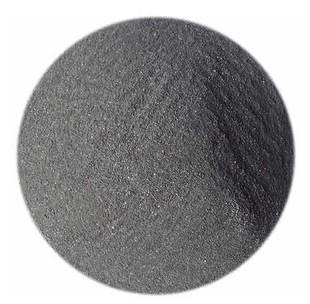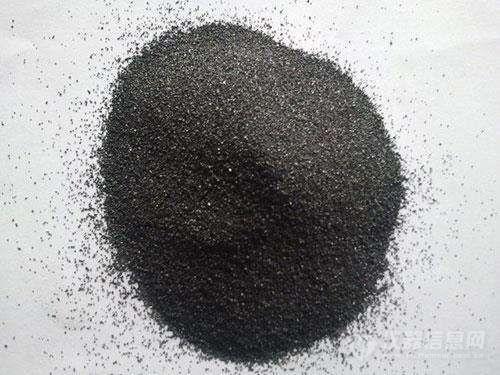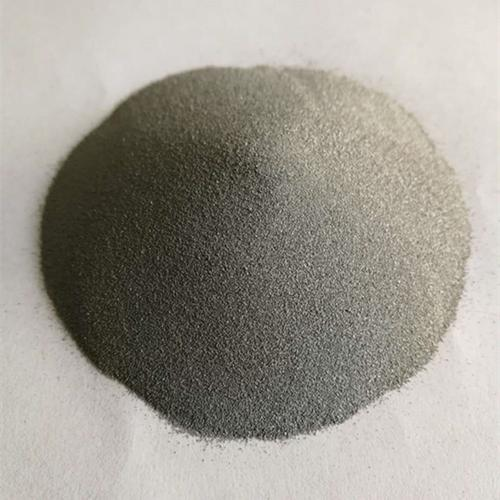Tungsten: The Unscratchable Story of Nature’s Heavyweight Champion
(Is Tungsten Hard? Examining Its Hardness and Durability)
Picture this: You’re at a jewelry store, eyeing a sleek, gunmetal-gray ring. The salesperson says, “This is tungsten—scratch it with a diamond, and the diamond might lose.” You blink. Wait, *what*? Can a metal really be that tough? Spoiler alert: Tungsten isn’t just tough. It’s the Chuck Norris of the periodic table. Let’s dive into why this unassuming metal is the ultimate overachiever in hardness and durability.
First, let’s talk street cred. Tungsten isn’t just *hard*. On the Mohs scale of mineral hardness—a rankings list where talc scores a measly 1 and diamonds reign at 10—tungsten carbide (its most common form) struts in at a solid 8.5 to 9. That’s right: It’s harder than steel, titanium, and even your ex’s poker face. But here’s the kicker: Pure tungsten is actually *softer* than its carbide form. Think of it like coffee—plain beans are decent, but add some chemistry magic (in this case, carbon), and you’ve got an espresso shot of indestructibility.
Now, let’s get nerdy. What makes tungsten so unyielding? Blame its atomic structure. Tungsten atoms are packed tighter than commuters on a Tokyo subway. This density gives it a ludicrous melting point of 3,422°C (6,192°F), the highest of all metals. To put that in perspective, lava from a volcano maxes out around 1,200°C. Even the sun’s surface (a cool 5,500°C) would need to crank up the heat to melt this bad boy. Fun fact: If you tossed a tungsten rod into a volcano, it’d probably just sit there, laughing.
But hardness isn’t just about bragging rights. Tungsten’s durability makes it a VIP in industries where failure isn’t an option. Ever heard of armor-piercing bullets? Yep, tungsten’s the star ingredient. It’s also the go-to for drill bits that chew through concrete like it’s birthday cake, and it’s the reason your smartphone’s vibration motor doesn’t disintegrate after a week of TikTok scrolling. Even NASA uses tungsten in rocket nozzles because, well, space is a harsh critic.
Here’s where things get quirky. Despite its superhero status, tungsten has a fatal flaw: It’s brittle. Imagine a heavyweight boxer who can punch through walls but trips over a Lego. Drop a tungsten ring on a tile floor, and it might crack. That’s why jewelers often mix it with other metals—like a support group for durability—to balance hardness with a smidge of flexibility.
But why should you care? Let’s circle back to that jewelry store. Tungsten wedding bands are booming because they don’t scratch, bend, or lose their shine. They’re basically the “set it and forget it” of rings. Plus, tungsten’s hypoallergenic, so no more explaining to your partner why your finger turned green.
Now for the grand finale: Did you know tungsten’s name comes from Swedish words meaning “heavy stone”? Fitting, since it’s twice as dense as steel. And here’s a party trick: Hold a tungsten cube the size of a sugar lump. It weighs as much as a hamster. Try that with aluminum, and you’ll feel like you’re holding a bubble.
(Is Tungsten Hard? Examining Its Hardness and Durability)
So, is tungsten hard? Oh, absolutely. But it’s more than that. It’s the quiet powerhouse in your tools, the rebel in your jewelry, and the unsung hero in tech and defense. Next time you see a tungsten product, give it a nod. After all, this metal doesn’t just endure—it dominates. And if you ever meet a diamond? Tell it to bring its A-game. Tungsten’s waiting.
Inquiry us
if you want to want to know more, please feel free to contact us. (nanotrun@yahoo.com)


